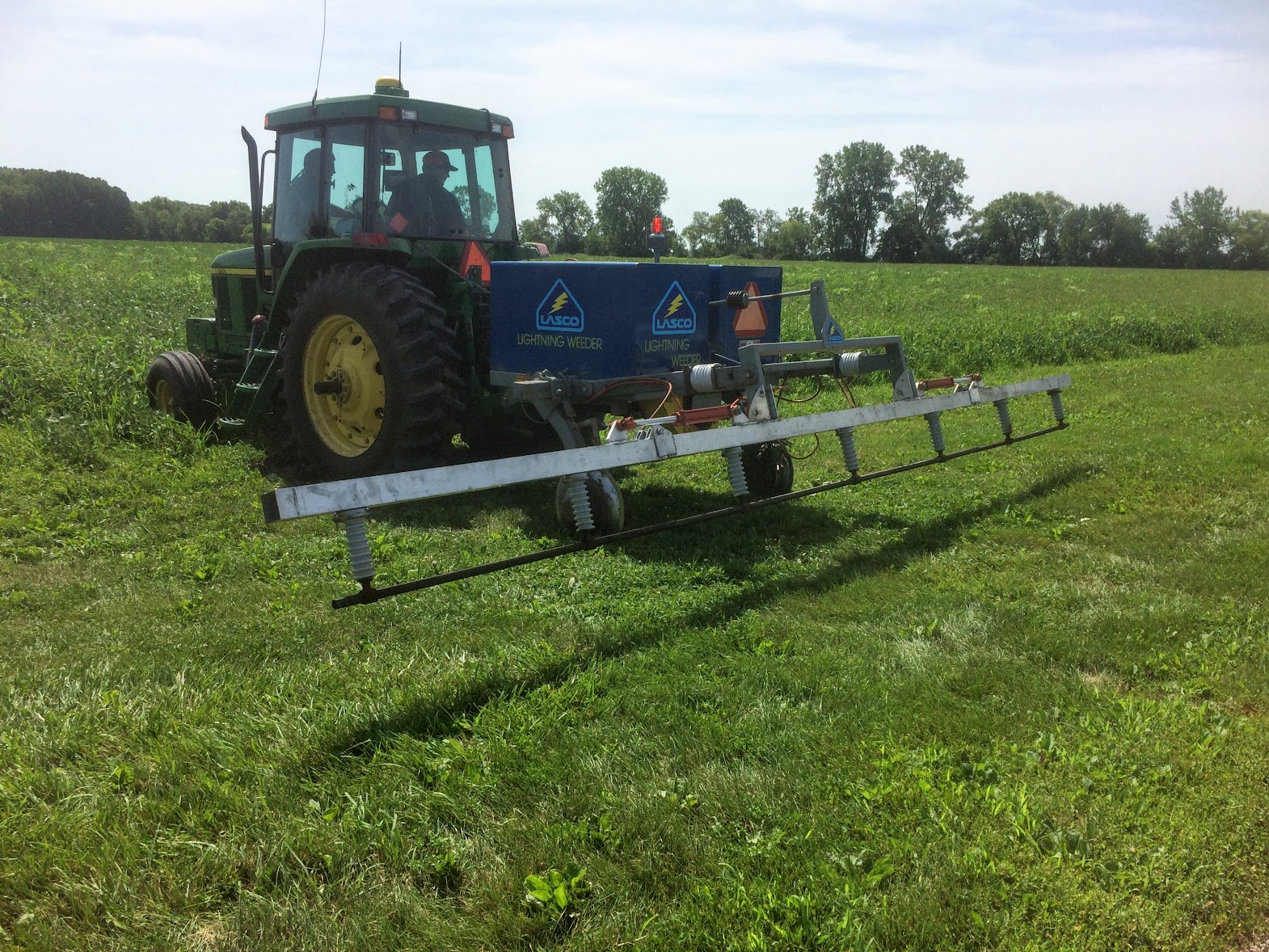Weed management is just one aspect of crop production. The idea of “sustainable” weed control can mean different things to different people, but it’s become clear that too much of a good thing really can be a bad thing, at least in terms of herbicide use.
“Herbicide resistance, including metabolic herbicide resistance, is leading to some soul searching on how to manage weeds today in agronomic crops,” said Martin Williams, a USDA Agricultural Research Service scientist and adjunct professor of crop sciences at the University of Illinois.
And while sustainability has yet to be clearly defined in the agricultural space, experts agree that when thinking about weed control, an intentional, multi-layered approach is best.
For Liam Vincent, technical marketing manager for BASF, weed control needs to be approached proactively rather than reactively.
“Sustainable weed control means thinking ahead to ensure that a farm operator has multiple, effective options with which to control weeds today and in the future,” he says.
Rooted in Resistance
In the early days of herbicide-resistant crops in the mid-1990s, farmers didn’t have to give a great deal of thought on how to kill weed plants in soybean, cotton or corn.
“However, weeds adapt, particularly to a simplistic approach, which is exactly what was deployed across millions of acres, year after year. Over-reliance on individual tactics, such as glyphosate in glyphosate-resistant crops, quickly selected for glyphosate-resistant weed populations,” Williams says.
Then, continually throwing heavy reliance on another active ingredient selected for additional herbicide resistance.
“We now have waterhemp populations resistant to seven unique sites of action. That almost sounds like science fiction, but it is a practical case study in the ecology of waterhemp,” Williams says.
Prashant Jha, professor and extension weed specialist at Iowa State University, said Palmer amaranth is another weed with concerning resistance to nearly nine different herbicide groups.
“Over the last several decades, we have not seen many new herbicide groups or chemistry so we’re definitely in a crisis,” Jha says.
Vincent says according to the International Herbicide-Resistant Weed Database, “there is documented weed resistance to 21 of the 31 known herbicide sites of action and over 160 herbicides.”
Because of this, more growers and industry folks are acknowledging that instituting chemical control alone cannot be a long term weed control solution.
“More people are getting on board with the idea that in order to preserve the utility of herbicides, additional methods of weed control should be used, specifically those that can’t be poured out of the jug,” Vincent says.
In addition, it’s important to recognize that some herbicides are effective only on weeds that have not yet emerged while others are only effective postemergence.
“Employing other tactics that target these life stages, as well as other life stages like the weed seedbank and the ability of large plants to produce or disperse viable seed, will extend the useful life of herbicides,” Williams says.
Alternative Approaches
“As resistance to herbicides such as glyphosate have increased over the last 10 years, growers have looked to integrate numerous weed control practices to control weeds in their crops,” says Kevin Gesse, head of product marketing for herbicides for Syngenta.
These integrated practices include the use of residual herbicides that contain active ingredients with multiple effective sites of action for weed resistance management.
Numerous other mechanical, cultural and chemical practices are also being used to prevent weeds from successfully producing seed, from high tech “see and spray” equipment to attachments that destroy seeds during harvest.
“Preventing weed seed bank proliferation is one of the most important aspects of a sustainable weed control plan to prevent future weed populations from becoming unmanageable,” Gesse says.
Cover crops are also gaining in popularity as more growers experiment with this cost-effective method.
“We see growers experimenting with direct seeding right into a cover crop, and when they do that, they crimp and kill the mat of green foliage but that coverage blocks weed seed germination,” said Matt Richmond, agronomist for Wilbur-Ellis.
Any weeds that can emerge through that cover crop coverage could then be sprayed by a herbicide later in the season.
“That means lower rates, fewer passes and less total pounds of herbicides on the ground, by reducing the number of germinated weeds that can come up through that cover crop residue,” Richmond says.
Another technique is to reduce row spacing to get early canopy closure, especially to target late emerging weeds.
Jha says getting that early canopy closure can show a 30-40% reduction in pigweed density, so now if you are applying an herbicide, you’re seeing reduced numbers of weeds at the time of application and a smaller size of weeds.
Stay tuned as we dive into some of the different technologies that can support your goal of weed control management.
Want to read more? Check out:
Advance Weed Control Application with Different Strategies
Weed Control Traits Take Center Stage
What Does a Wet Growing Season Mean for Weed Control?











